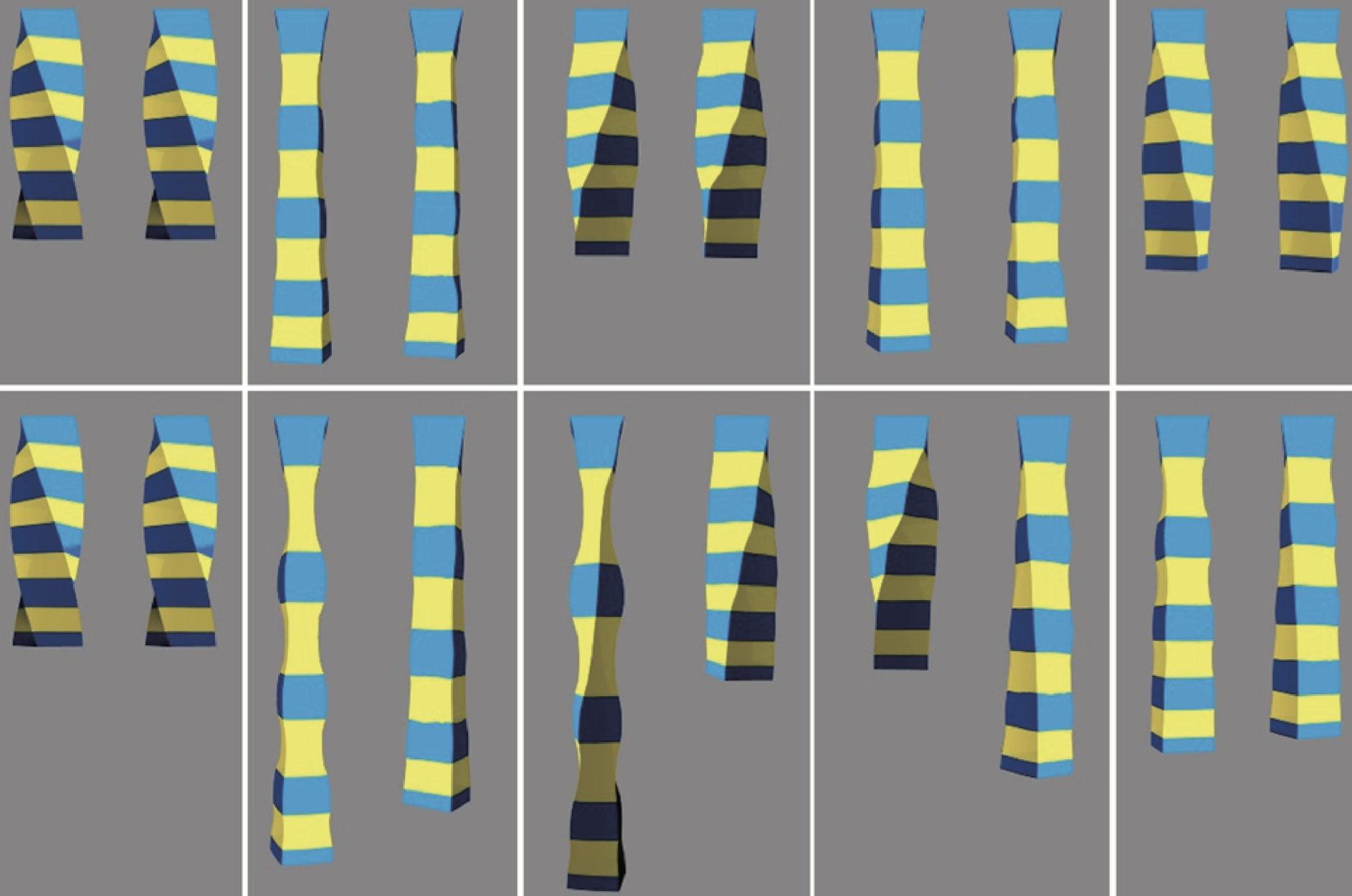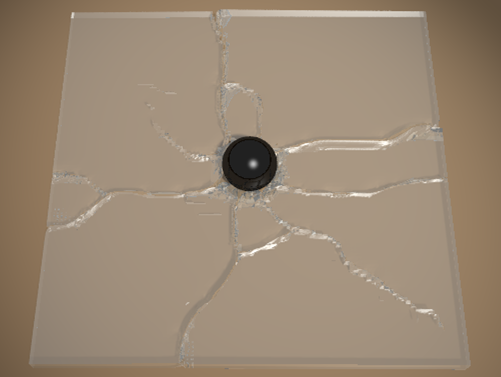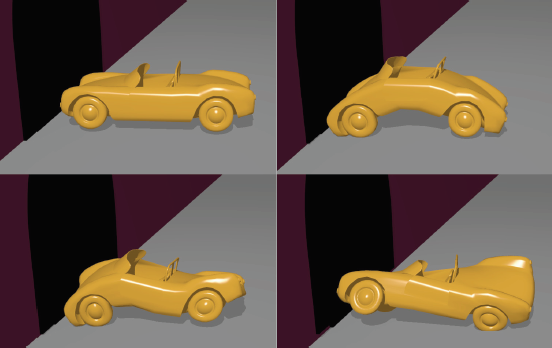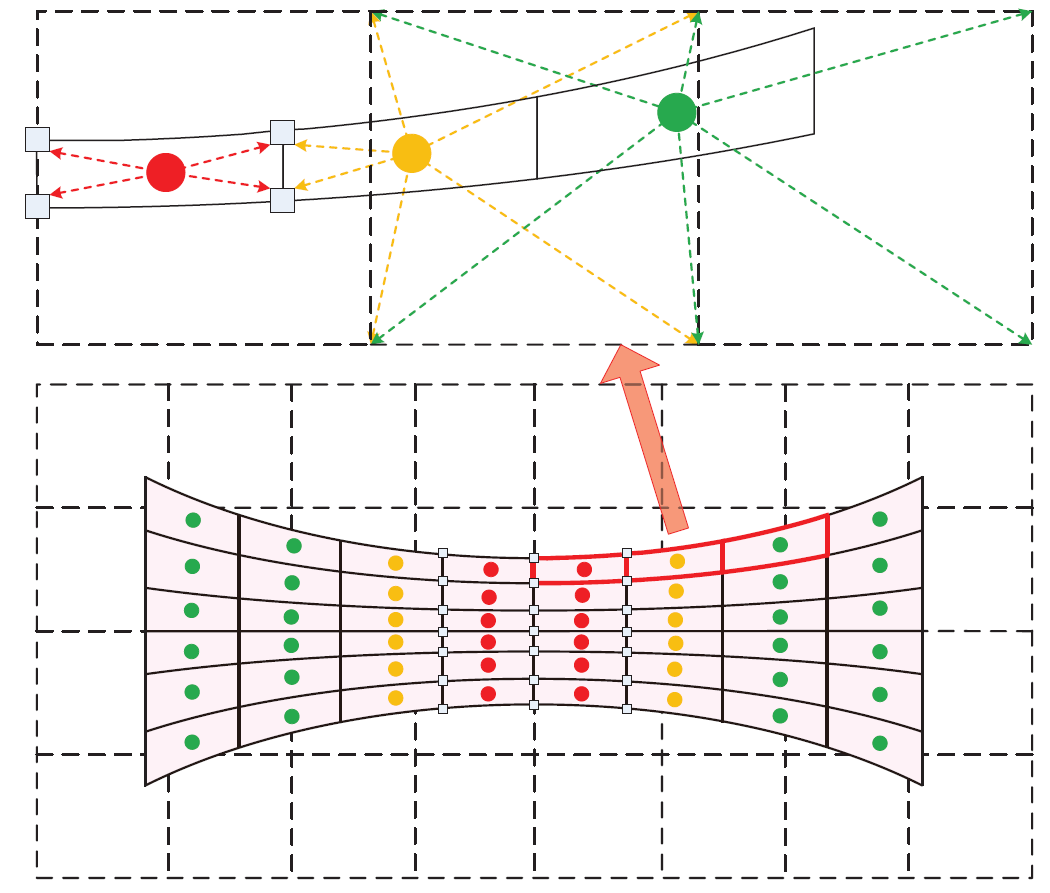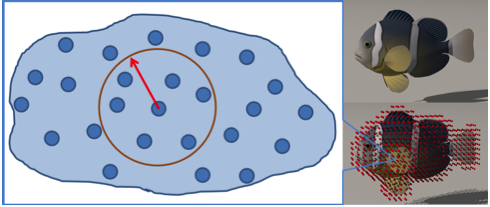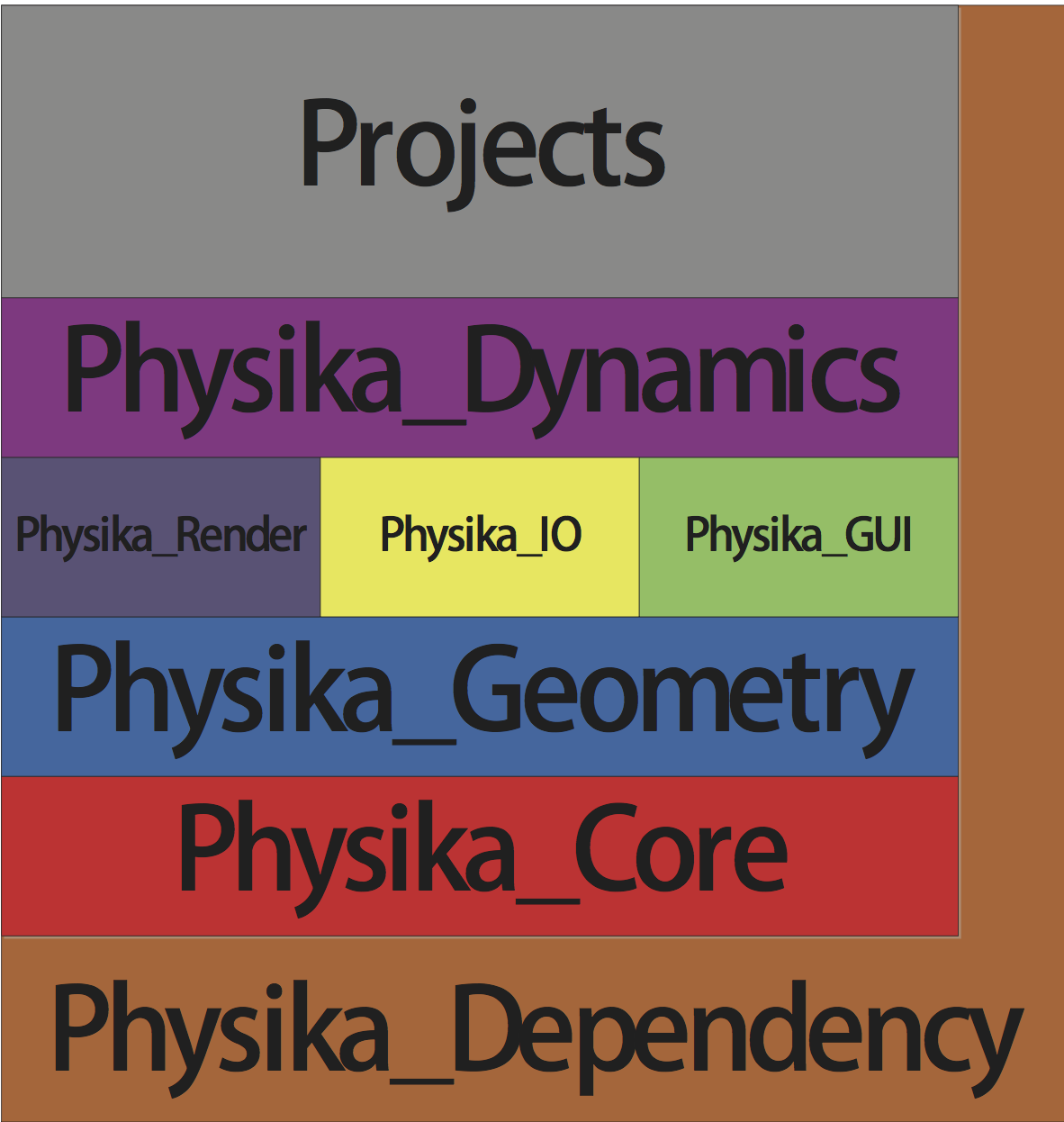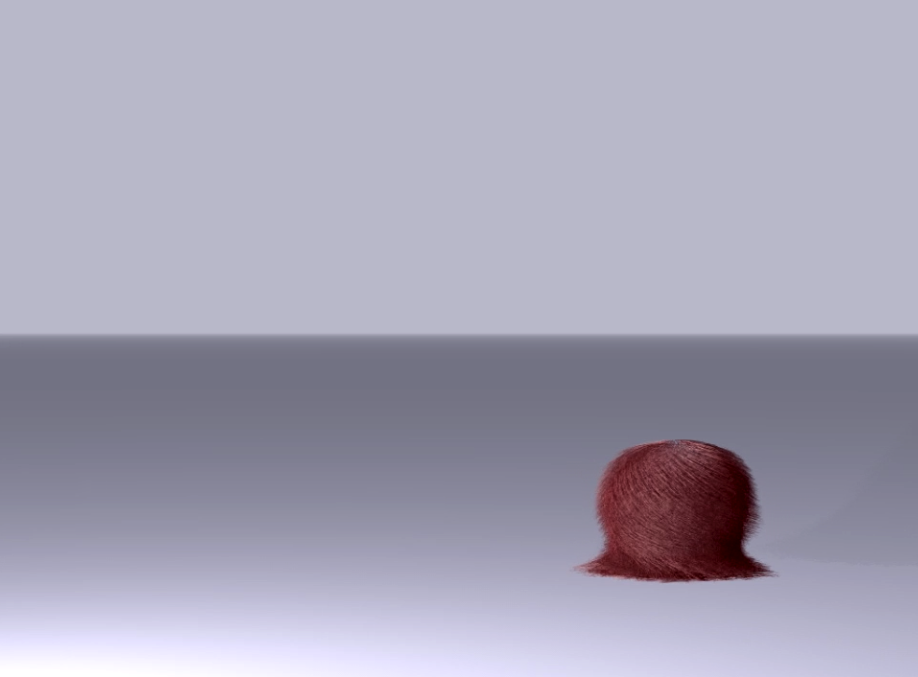About
I am currently fully devoted to exploring the application of simulation techniques in industry. Wish me luck.
I was a senior staff engineer at Bigo, where I did algorithm R&D in computer graphics and video processing areas: video enhancement infrastructure, portrait beautification solutions, visual effects on mobile platforms, etc. Before Bigo, I led the R&D team of a startup to build cloth simulation and rendering software suite for its clothing brand Frilly.
I obtained my Ph.D. from Graphics and Interactive Technology Lab of Peking University in 2015, advised by Prof. Guoping Wang. My Ph.D. research was about fast simulation and artistic control of complex deformable materials. I am also experienced in computational simulation of cloth, fluid, hair, and solid fracture.

